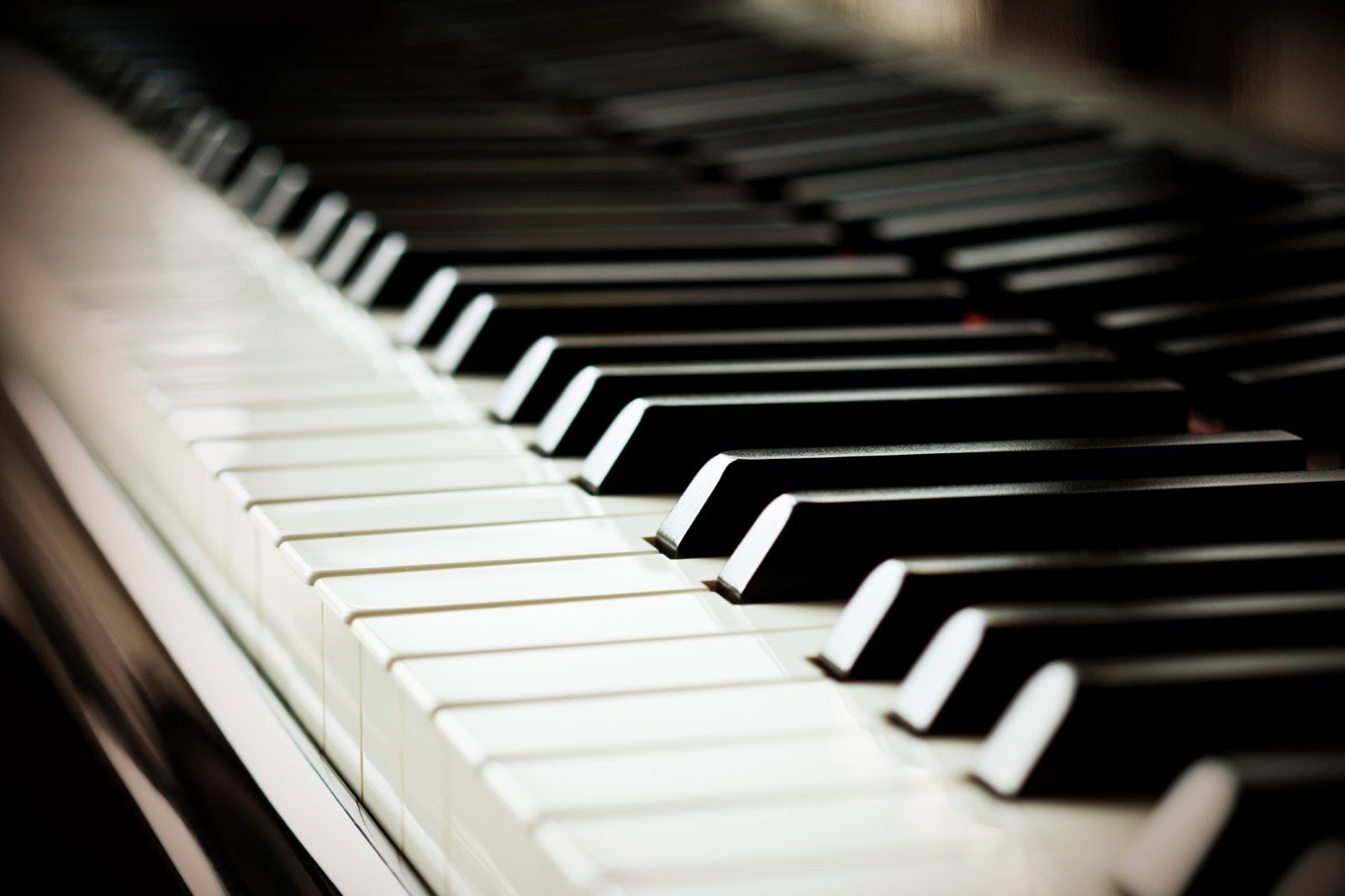Ever considered using music in the classroom? The following excerpt comes from the book Music and Learning by Chris Brewer, 1995. In this article, Brewer describes simple ways music can be used to positively affect learning in the classroom. Visit the links to the music as within the body of the article to listen the music mentioned.
TURNING MUSIC ON IN YOUR CLASSROOM
You will find many ideas that feel comfortable and exciting to you. You will probably also find techniques that do not resonate for you. Keep in mind that you do not have to use music in all the ways presented here in order to be effective in enhancing learning through music. The addition of even one music technique in your classroom will add richness and improve the learning process. My suggestion is for you to begin your musical journey by incorporating one technique that resonates greatly with your teaching style. When you have mastered this use of music in your classroom, go on to explore a new method. Your students enthusiasm and response will be a guideline and incentive for future ideas and uses.
Music for Learning Suggestions
Focus and Concentration Music
Play as background music while students study, read, or write to:
· increase attention levels
· improve retention and memory
· extend focused learning time
· expand thinking skills
- Relax with the Classics. The LIND Institute. Accelerated Learning research indicates slow Baroque music increases concentration.
- Velvet Dreams. Daniel Kobialka‘s exceptional music-favorite classics such as Pachelbel’s Canon at a very slow tempo.
- Celtic Fantasy. Kobialka uses the warmth of Celtic music played slowly to facilitate relaxed focus.
- Music for Relaxation. Chapman and Miles. Quietly sets a calming mood.
- Baroque Music to Empower Learning and Relaxation. The Barzak Institute uses slow and fast Baroque era music to hold attention.
- Mozart and Baroque Music. The Barzak Institute. A useful compilation with 30 minutes of Mozart and 30 minutes of Baroque music.
- Mozart Effect: Strengthen the Mind Enhance Focus with Energizing Mozart, selected by Don Campbell.
- An Dun. Calming the Emotions Chinese music that actually does calm and appeals to all ages.
- Accelerating Learning. Steven Halpern‘s music assists learners in focus and is good background for reading-free-flowing and peaceful.
Creativity and Reflection Music
Play as background for activities such as:
· writing
· problem-solving or goal-setting
· background for project work
· brainstorming
- Pianoforte. Eric Daub. This thoughtful classical piano music sets the tone for introspective creativity and processing. Excellent!
- Medicine Woman I or II. Medwyn Goodall gives us music to delve into deep thoughts and meaningful feelings.
- Oceans. Christopher Peacock. Motivating and great team-building music.
- Mozart Effect: Relax, Daydream and Draw. Don Campbell’s collection of reflective Mozart for gently enhancing creativity.
- Fairy Ring. Mike Rowlands’ touching music in a classical style. Long cuts hold the mood. Good for reading with important information or stories.
- Living Music and Touch. Michael Jones uses solo piano music to encourage reflection.
Source: Johns Hopkins / School of Education / New Horizons for Learning
Read the original article here.

Great resources, Jose! I’m going to listen to some Mozart at work today 🙂